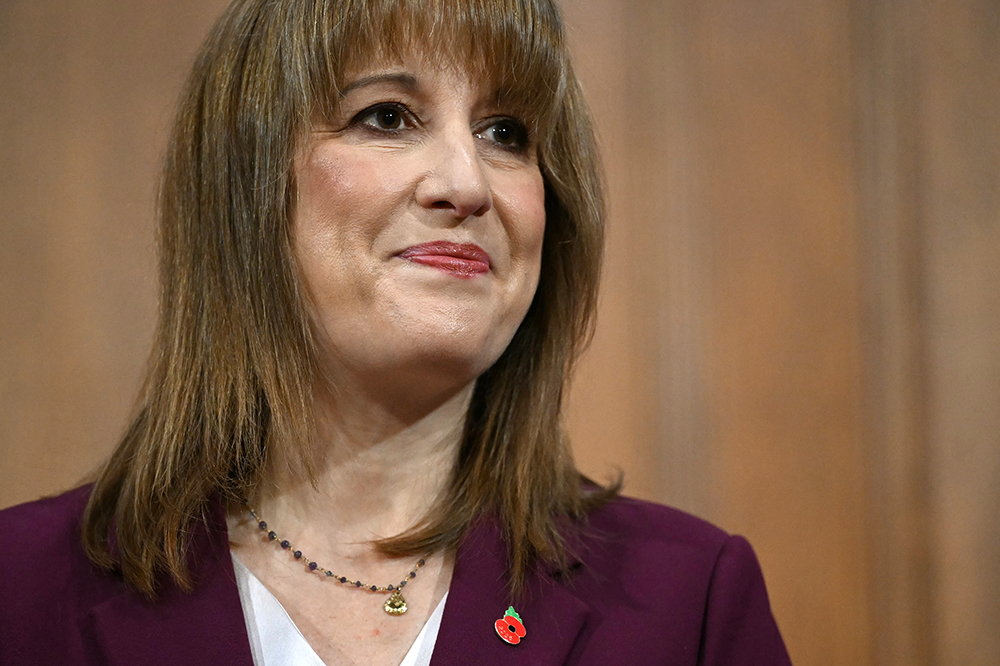When I first became a teacher, I bought into the notion that single-sex schools were an anachronism – a result of historical happenstance that no longer had a place in the 21st century. I imagined all-boys schools as a macho world of Spartan dormitories and testosterone-charged classrooms. I assumed the boys graduated with repressed memories of traumatic hazing rituals and an unhealthy amount of anxiety around girls.
Then, after two exhausting years teaching English at a mixed comprehensive, I moved to an all-boys independent school to see what it was like. I enjoyed it so much that when I moved from London to Oxford, I decided to teach at another (although my current one is co-ed at sixth form). My experiences convinced me that, far from being relics from a more chauvinistic age, all-boys schools are needed now more than ever.
We know that lack of distraction from the opposite sex can help drive academic success: four of the top five state schools listed in the Times’s ‘Parent Power Guide’ are single–sex grammars. With lack of distraction comes lack of self-consciousness. The precious enthusiasm, intellectual curiosity and ambition that younger students have are all too often sledgehammered by puberty and a sudden need to impress. At same-sex schools those qualities can be nurtured a little longer.
At all-boys schools, stereotypically ‘un-cool’ pursuits such as chess or the model railway society or linguistic competitions not only exist, but thrive. There are no designated ‘girl’ instruments or subjects or roles, because there are no girls. Attributes such as talent, passion and a sense of humour take on much more value as social currency.
Despite the benefits, these schools are a dying breed. The number of single-sex independent schools has roughly halved since the early 1990s. Scotland has just three single-sex mainstream private schools left. There is also particular pressure on boys’ schools to go co-ed. There are only a handful of all-boys boarding schools left in the country, while the list of schools going co-ed for day pupils grows ever longer: Westminster, Winchester, Eltham College, Abingdon.
There may be practical reasons for this change: in two-thirds of fee-paying households, both parents work, and families may want the simplicity of dropping off sons and daughters at the same school gates. As fees become increasingly expensive, schools may also need to broaden their admissions to fill places. Yet the dwindling number of state all-boys schools suggests something else about the zeitgeist. The accepted view seems to be that boys do better with the ‘civilising’ influence of girls, while all-girls schools ‘protect’ girls from the waywardness of adolescent boys. This assumption was exacerbated by the moral panic of Everyone’s Invited, a campaign launched in 2020 in which prestigious all-boys schools were accused of being hotbeds of sexism and ‘rape culture’. It’s harder to justify all-male environments in an age when people are obsessed with ‘toxic masculinity’: a deeply alienating term that wrongly devalues many other ‘male’ traits and behaviours that should be promoted, such asself-reliance, stoicism or competitiveness.
All-girls schools face their own challenges. I know one that struggles with containing the contagious effects of anxiety and eating disorders, dealing with levels of hysteria last seen in The Crucible. As anyone who has been the subject of a surreptitious side-eye knows, teenage girls are capable of all kinds of bullying. Yet the cliques, complexities and cruelties of all-girls schools are rarely labelled ‘toxic femininity’ in the same way.
Far from being relics from a more chauvinistic age, all-boys schools are needed now more than ever
‘Single-sex boys’ environments allow boys to be boys, to develop at their own pace, and to inhabit their space as boys,’ says Helen Pike, Master of Magdalen College School, Oxford. ‘These schools are not monasteries, and their pupils encounter girls socially and intellectually in a variety of ways.’ In other words, they ensure that the phrase ‘boys will be boys’ is something to be celebrated rather than condemned.
The exuberance and enthusiasm of a teenage boy is very different to that of a teenage girl, but society doesn’t tend to view it as joyous or desirable in the same way. At best, it’s seen as mildly disruptive; at worst, pathological.
We rarely praise, or even enjoy, the physical, jostling, playground energy boys bring. One of my favourite parts of the week last year was lunchtime duty on a shared sports ground. Come rain or shine, boys from all different year groups would spend every minute they could playing makeshift games of tennis, cricket, hockey, football, tag. It should be pandemonium, but there’s a strange order to this chaos of kickabouts: boys throwing back stray balls; boys tapping in and out; boys making up rules; boys bantering and bartering between breaks. This precious vitality isn’t just for the athletic and sporty; indoors, there are clubs and competitions that I suspect would never be so well-attended if there was the pressure to look cool in front of the opposite sex.
Teenage boys have always got an unfairly bad rap. In the 1990s and 2000s, the media demonised them as ‘yobs’ and ‘hoodies’; now they are in the press as incels, gang members or school shooters. When people think of private school boys, the stereotype of Etonians running Westminster comes to mind. Yet the vast majority I have taught are fun, clever, respectful, charitable, hardworking, cheeky and charismatic in equal measure. They are all these things, perhaps the more so because they have been allowed to inhabit their space as boys, in an environment that allows them to develop at their own pace. All-boys schools are not the problem behind the stereo-types: in fact, they may be the solution.








Comments